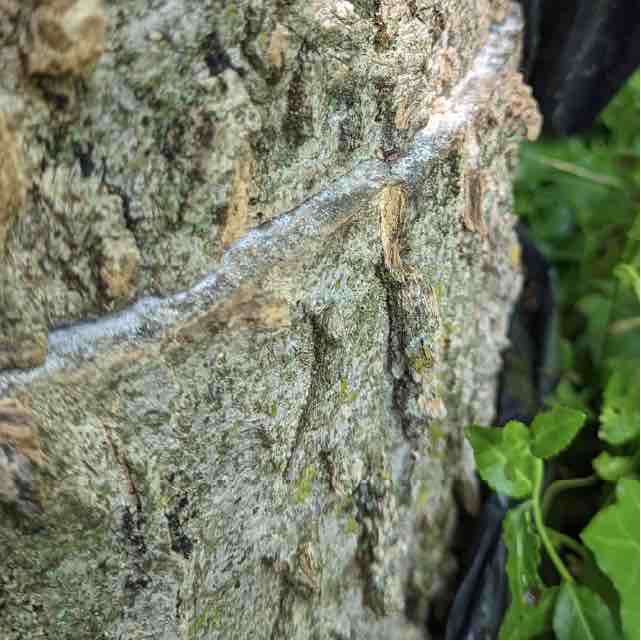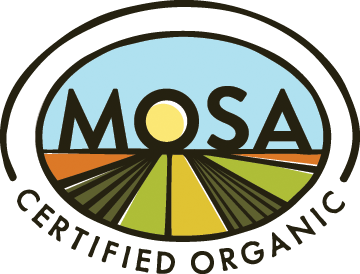Helpful Terminology
Broadly speaking, you can break growing mushrooms into two different realms- growing indoors and growing outdoors. Before we dive in, there are a few terms that will be helpful to familiarize yourself with for the journey ahead, so get out your notepad (or, you know, just bookmark this page) and buckle up for some definitions.
Mycology: The study of fungi. If you remember from biology, Fungi make up their own Kingdom, so there is plenty to study. While mushrooms grow like plants, they breathe in oxygen and release CO2 like animals, so mycologists involve themselves in the complexities of both.
Spore: Essentially a mushroom seed. Much like pollen, a spore is incomplete and needs its better half to reproduce. Once mated, it becomes spawn.
Spawn: The carrier of vigorous fungal roots (mycelium) that can digest various materials to produce mushrooms. Spawn can come in several different varieties including sawdust spawn, plug spawn, thimble spawn, and peg spawn. Read up more about each variety here.
Mycelium: Simply put, mushroom roots. Scientifically put, thread-like fungal cells responsible for catching and digesting material (this material is known as substrate) to convert into food for the fungus.
Substrate: The food source for the fungus. This can be wood chips, logs, straw, etc.
Spawn Run: How long it takes for the mycelium to make its way through a substrate, converting that material to edible goods. Once the mycelium has worked its way totally through the substrate, we refer to it as being fully colonized. For example, a log-grown mushroom variety that has a spawn run time of 12-18 months means that it will take that much time for the mycelium to fully colonize the log. Once the log is fully colonized it is ready to fruit!
Inoculation: The process of planting a log, a bed, straw, or any other suitable material with mushroom spawn.
Dormancy: Essentially tree hibernation. Dormancy lasts from when the forest canopy turns at least one-third of its color to bud swell in the spring of the year. This is when you want to cut your mushroom logs. For a dormancy walk-through, check out this video.








